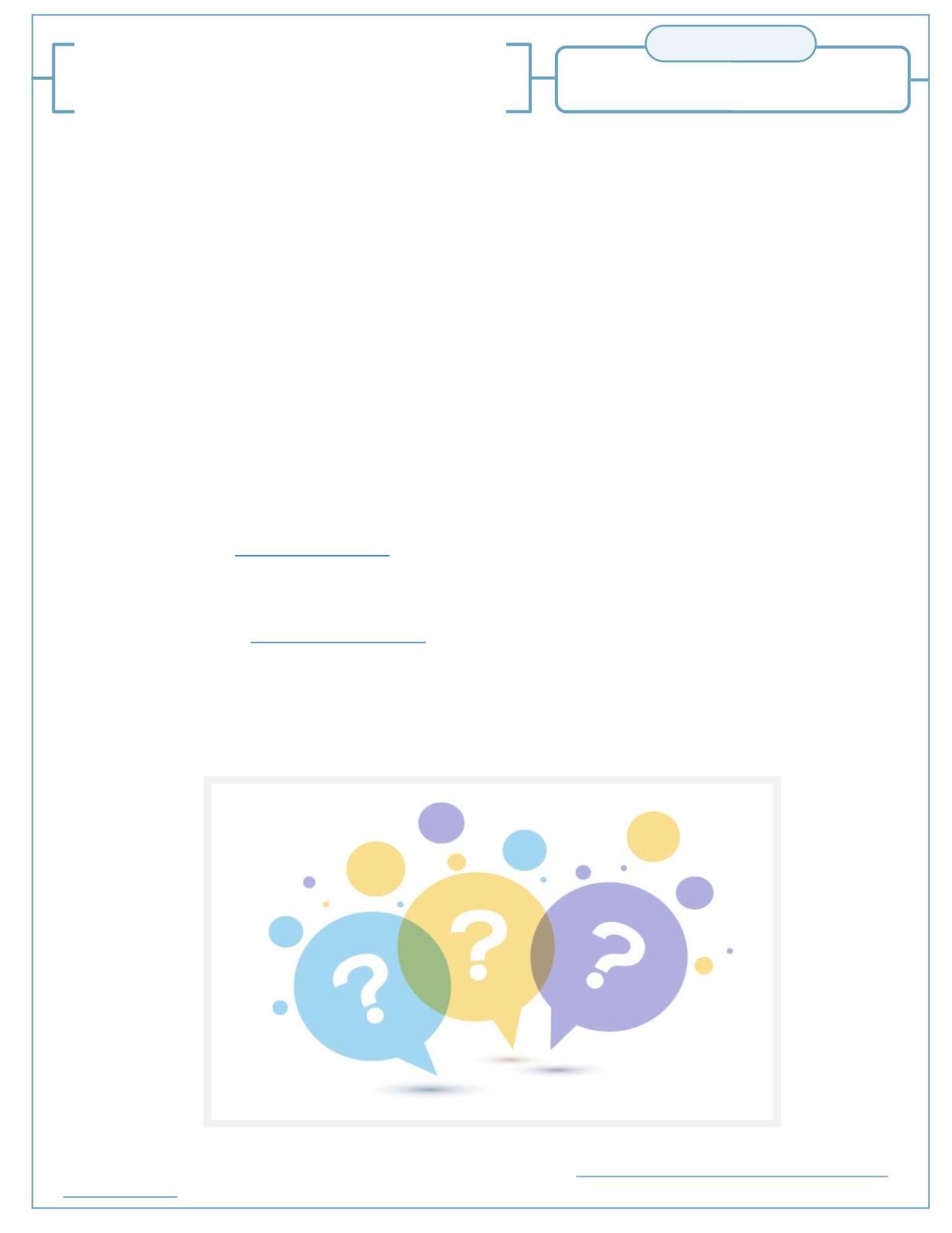

20
GOAL
SęėĆęĊČĞ: HOTS
HĎČčĊė OėĉĊė TčĎēĐĎēČ SĐĎđđĘ
Purpose:
Reading for Essential
Understanding
North Central Regional Educational Laboratory. HOTS Curriculum (1987), originally published by Stanley Pogrow, 1987 by The International Society for Technology in Education. Retrieved February 24, 2015, from http://www.ncrel.org/sdrs/areas/issues/students/ atrisk/at7lk20.htmDoDEA Virtu l High School (DVHS)
Dean Mitchell, iStock/thinkstock
To promote key thinking skills, educators have used the
Socratic method
that uses
questioning
to
promote critical thinking skills. Often questions are situated around a problem, situation, scenario, or
drama. This is a common method used in the traditional classroom and in online courses where you might
participate in a Discussion Board activity or where a written assignment provides you with a series of
probing questions to answer. You may also have an opportunity to meet in an Adobe Connect session where
your teacher may pose questions.
To explain this method of learning, let’s look at a popular simulation called the Oregon Trail. Students
are given information and are presented with vocabulary and situations that are not common today, but
were common when the pioneers were making their way along the Oregon Trail. Students are tasked with a
problem to reach Oregon via the old Oregon Trail. They must plan what they will take with them, their
method of travel, and the route that they will take to arrive safely based on the information they are given.
For
metacognition
skills, students answer a series of questions, For example,
'What strategy did you choose to get to Oregon and why was that strategy successful?' or 'What
strategy did you choose and why was it unsuccessful?'
To facilitate
decontextualization, 'Describe where you have heard of the word
yoke
before?' or
'From what perspective are you viewing the wagon, and how did that differ from the
perspective when you were ϐlying the balloon in the Ride the Wind program?'
To emphasize
inference from context, given these directions: 'Read the instructions and tell me
if you think a yoke as used in this program is part of an egg [the yolk], why not, what do you
think it might be, and why do you think it would be important?'
And ϐinally, to encourage the combining of information they've learned, they were asked, 'Is
anyone who traveled the Oregon Trail still alive today? How could you ϐigure it out?' " (p. 11)


















